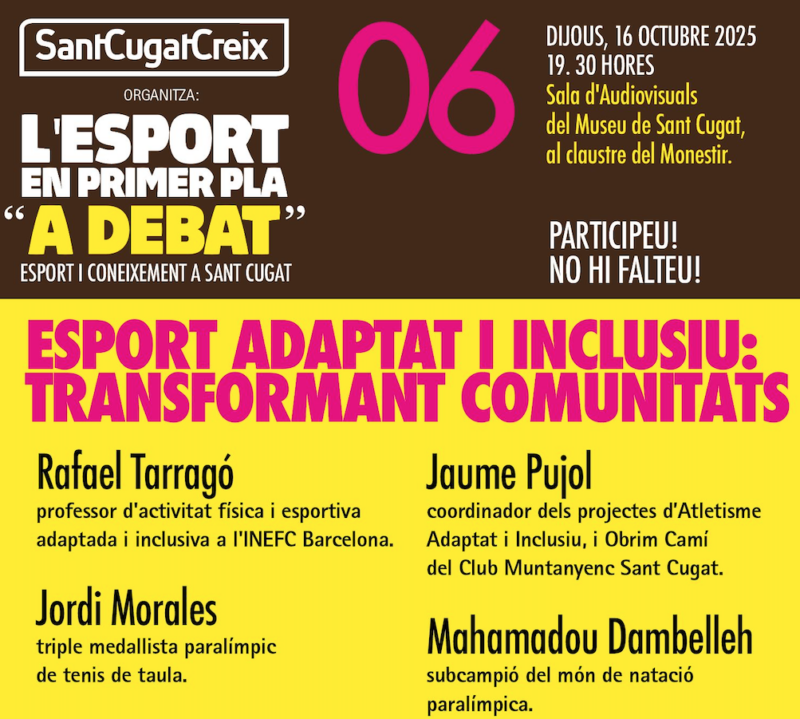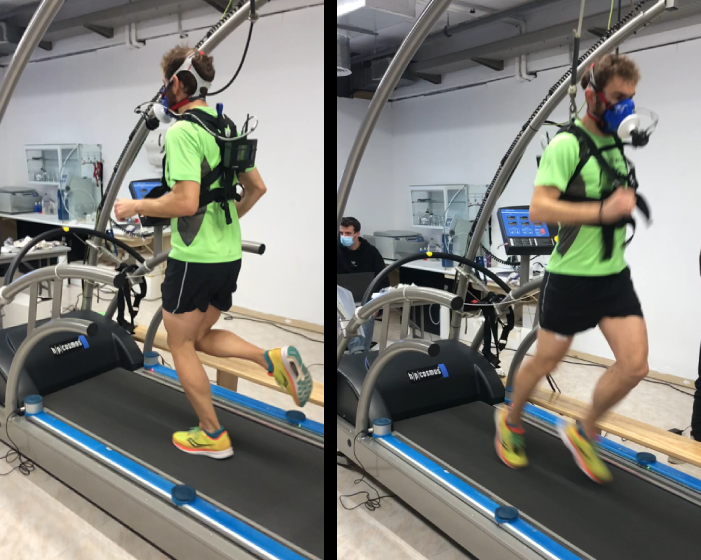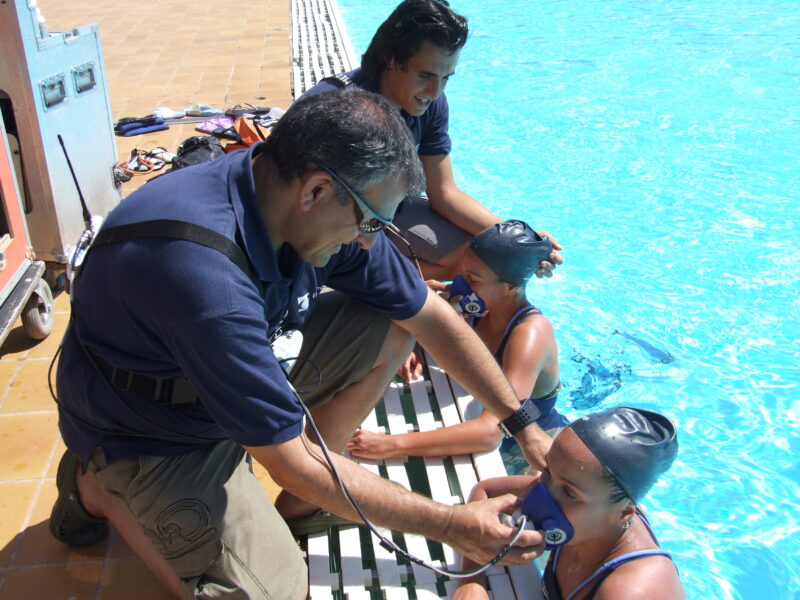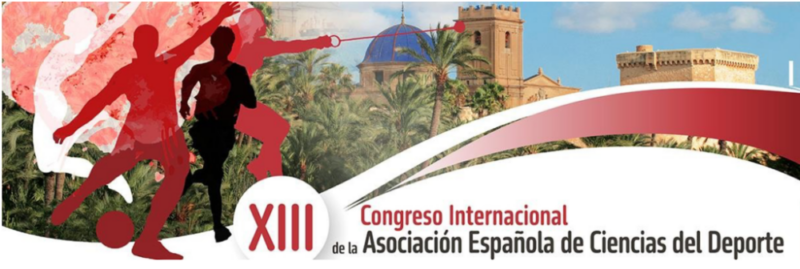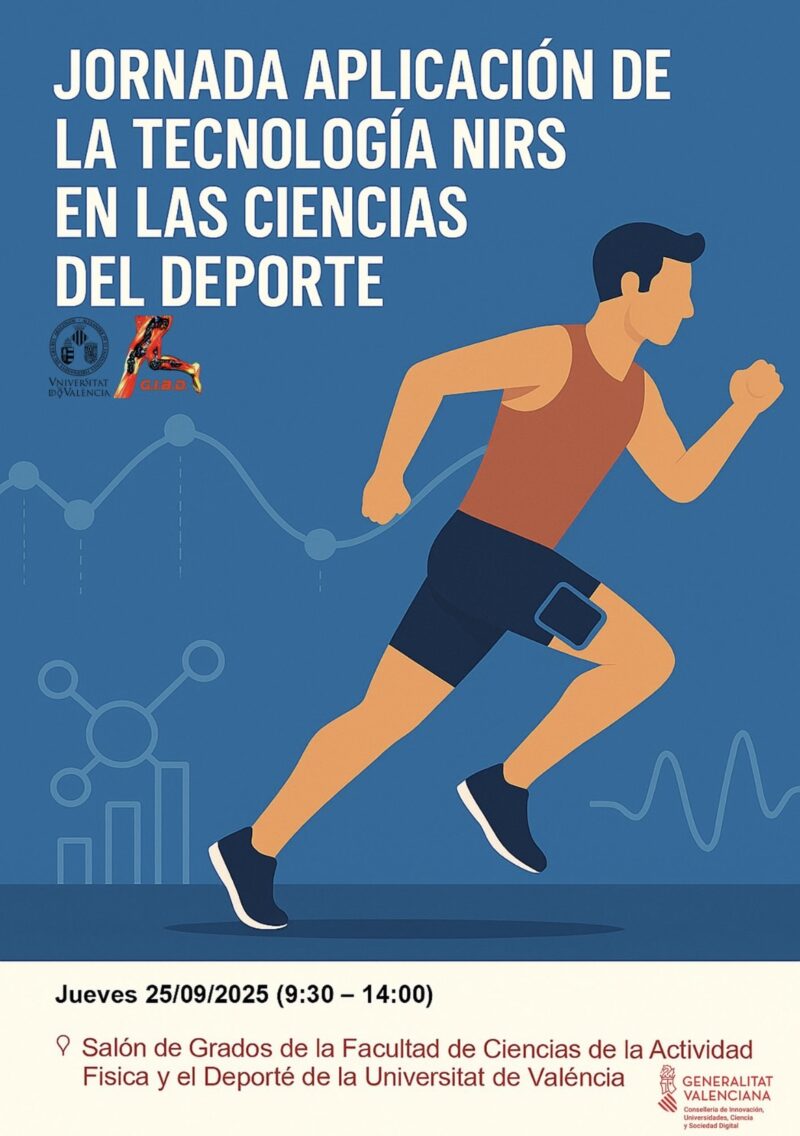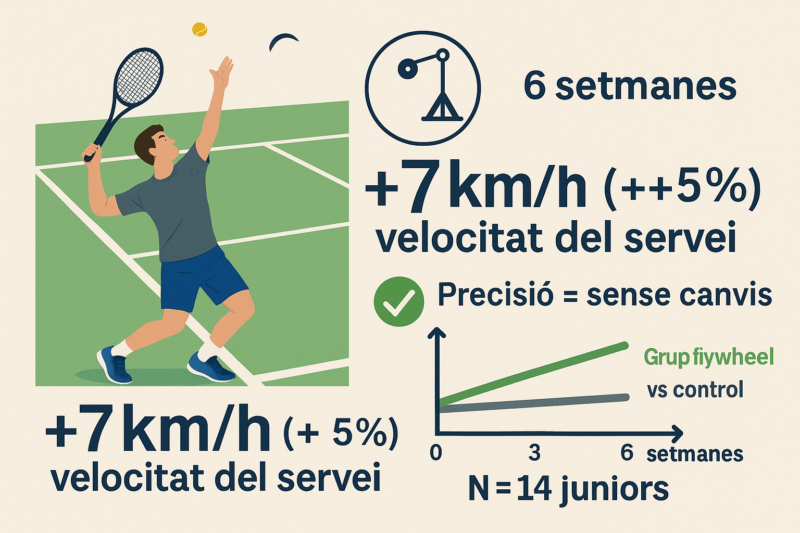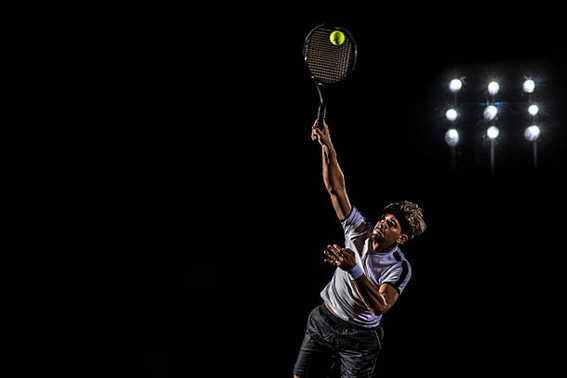
S’acaba de publicar un nou article del nostre grup de recerca: Joint-specific Postactivation Potentiation Enhances Serve Velocity in Young Tennis Players. Hi ha participat com a membre del nostre grup i autor principal el professor Ernest Baiget juntament amb el professor de l’INEFC de Lleida Francesc Corbi i el professor Joshua Colomar de la Universitat de Vic – Universitat Central de Catalunya (UVic-UCC). En aquest article es demostra com realitzant dues accions curtes (5 segons) isomètriques màximes de l’articulació de l’espatlla es millora de manera aguda la velocitat de servei en jugadors de competició joves sense afectar negativament la seva precisió. Contràriament, si només es realitza una acció isomètrica màxima sembla que no s’obtenen els mateixos efectes. A més, els jugadors de tennis amb un millor rendiment neuromuscular no semblen mostrar una millor predisposició a la millora del rendiment després de la activació.
Baiget E, Colomar J, Corbi F. Joint-specific Postactivation Potentiation Enhances Serve Velocity in Young Tennis Players. J Strength Cond Res. 2023 Apr 1;37(4):840-847. doi: 10.1519/JSC.0000000000004334. Epub 2022 Nov 30. PMID: 36961987
Abstract. This study aimed (a) to analyze the influence of sport-specific postactivation potentiation (PAP) on serve velocity (SV) and serve accuracy (SA) in young tennis players, (b) to compare the PAP effects of 2 different conditioning activities (CA) on SV and SA, and (c) to explore if changes in SV would be related to tennis player’s neuromuscular performance. Sixteen competition young tennis players performed 3 testing sessions in a randomized order. In the control session, subjects performed a warm-up protocol followed by the SV and SA tests. The experimental sessions involved 1 (shoulder internal rotation [SHIR]) or 2 (SHIR + shoulder flexion [SHF]) repetitions of a 5 second maximal voluntary isometric contraction (MVIC) executed before the SV and SA tests. Results showed a moderate significant (p = 0.037) difference between SV at control session and following the SHIR + SHF CA protocol at minute 0 (3.4 ± 4.6%; 4.6 km·h-1; ES = 0.711). Serve accuracy did not differ between CA protocols and control session at any time point. No significant relations were found between force-time curve parameters and SV percent changes at different recovery times. Performing 2, short (5 seconds), upper-limb, tennis joint-specific MVIC seems to enhance SV without negatively affecting SA in young competition tennis players. On the contrary, performing one MVIC does not seem to obtain the same effects. Moreover, tennis players with improved neuromuscular performance do not seem to exhibit a better predisposition to postactivation performance enhancement.

